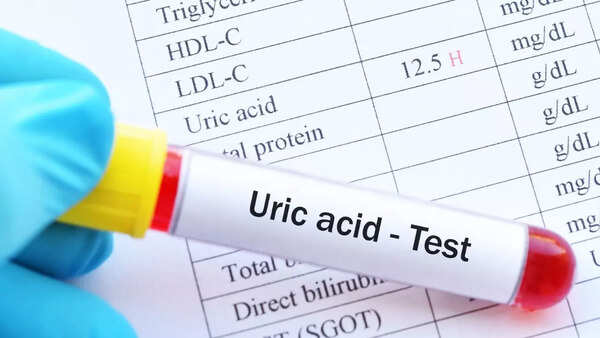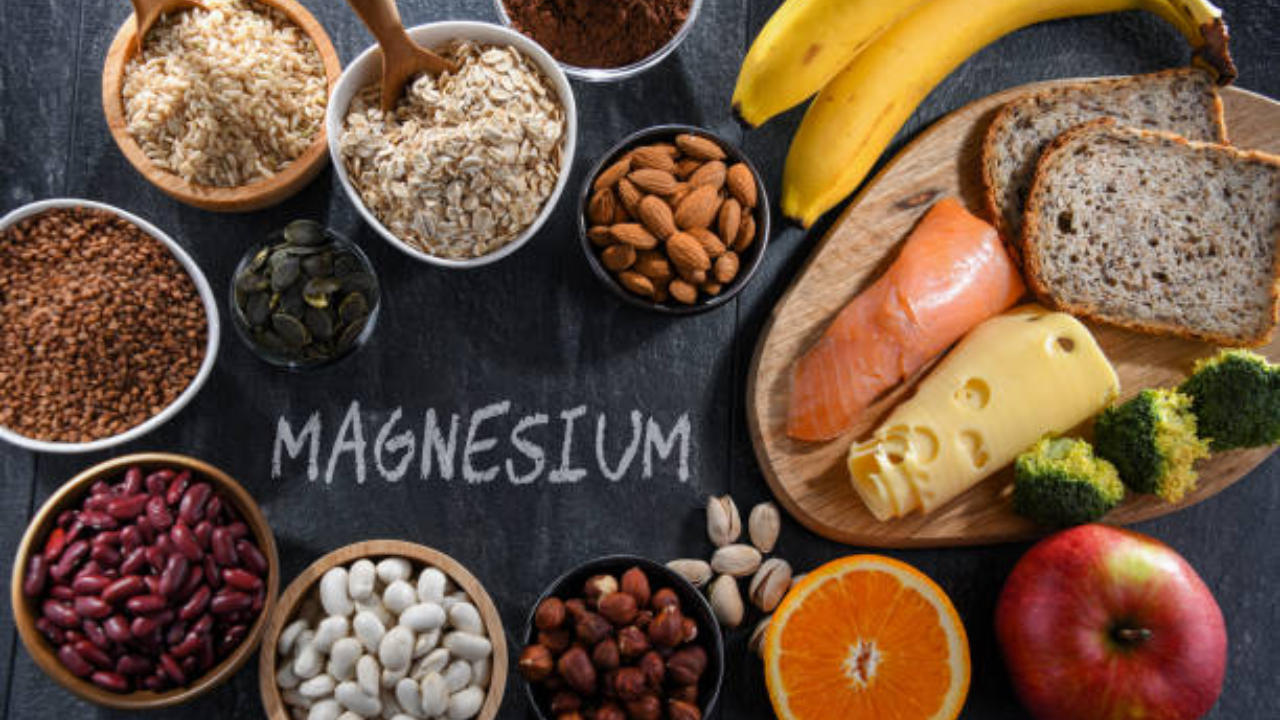
When people talk about uric acid problems, most instantly think of gout—often characterized by intense pain in the big toe.
For years, uric acid has been mostly associated with gout, a painful form of arthritis. But recent research has started painting a more complex picture. It turns out, uric acid may be quietly playing a bigger role in some of today’s most serious health concerns: sudden heart attacks and metabolic syndrome.
This isn’t fearmongering. It’s a call to look deeper into the body’s biochemistry and rethink what has been brushed aside as a minor lab result.It’s commonly said that uric acid is just a byproduct of purine metabolism, something the kidneys flush out. That’s true. But there’s more to the story. When levels go high (called hyperuricemia), it starts to behave like an inflammatory chemical.Researchers have observed that high uric acid levels may trigger oxidative stress in blood vessels.
This inflammation can silently damage the endothelium (the inner lining of the arteries), setting the stage for heart disease long before symptoms appear. So, it’s not just about joints hurting, this silent buildup might be weakening the heart too.
What connects uric acid to sudden heart attacks?
The common belief is that heart attacks only come from cholesterol and blocked arteries. While that’s partly true, studies now show that people with high uric acid are at a significantly higher risk for sudden cardiac events, even if their cholesterol levels seem fine.

Uric acid is a natural waste product that the body produces after breaking down purines, which is found in certain foods and drinks.
Here’s how:
Uric acid can lead to microvascular disease, a condition where small blood vessels become stiff or narrowed. These tiny blockages often don’t show up in regular scans but can starve the heart of oxygen. The result? A sudden heart attack with no prior warning. Researchers even found that high uric acid was independently associated with heart attack risk, especially in people who seemed metabolically healthy otherwise.
Metabolic syndrome: The complex puzzle that uric acid might fit into
Metabolic syndrome is a cluster of problems: high blood sugar, belly fat, high blood pressure, and abnormal cholesterol.
For a long time, uric acid was seen as a “passenger” in this picture. Now, experts believe it may be driving the car.Dr Richard Johnson, a kidney disease researcher from the University of Colorado, has suggested that uric acid might trigger insulin resistance, a key step in the development of metabolic syndrome. That means even before blood sugar starts climbing or weight increases, uric acid might be quietly flipping switches in the background, disrupting how the body processes food and stores energy.

One of the most classic symptoms of high uric acid is sudden, intense pain in the big toe—a telltale sign of gout.
What actually causes uric acid to rise?
It’s often blamed on red meat, shellfish, or sugary drinks. That’s not incorrect, but it’s only part of the picture.
- Dehydration: Even mild dehydration, especially in warm weather or after exercise, can increase uric acid levels.
- Crash dieting or fasting: The body, when starved, breaks down tissues rapidly, leading to more purines and uric acid.
- Sleep disorders: Conditions like sleep apnea can increase oxidative stress and disturb uric acid metabolism.
- Hidden fructose: Many packaged foods (even those labelled healthy) contain high-fructose corn syrup, which quietly spikes uric acid.
So, sometimes uric acid isn’t just a matter of diet; it’s also about how the body is stressed, how sleep is managed, and how hydration is balanced.
Simple ways that truly help
While medications like allopurinol and febuxostat are often prescribed, lifestyle tweaks can work in tandem, sometimes even preventively.
- Hydration therapy: Starting the day with plain water (not lemon, not apple cider vinegar) gives the kidneys a clean push to flush uric acid.
- Gentle physical activity: Walking after meals, especially dinner, has been found to help manage uric acid and improve insulin sensitivity.
- Magnesium-rich foods: Pumpkin seeds, spinach, and almonds help balance uric acid and reduce inflammation.
- Using salt wisely: Too much sodium increases uric acid retention. But replacing some salt with potassium-rich ingredients like coconut water or banana in moderation may support excretion.
- Night-time breathers: Slow breathing or 10-minute meditative pauses before bed have shown to lower stress-induced spikes in uric acid, indirectly helping cardiovascular health too.
Metabolic Syndrome & Obesity: What You Need to Know
Rethinking “normal” uric acid ranges
Lab reports consider uric acid levels up to 7.0 mg/dL as normal. But according to some cardiologists, the heart may prefer it closer to 5.5 mg/dL. So, even if a lab report says “normal,” it might still be too high for someone with heart risk or metabolic imbalance.Looking at uric acid not just as a number, but as a marker of underlying metabolic tension, can be a smarter approach. It's not about panicking over every decimal, but understanding its role in the bigger picture.[This article is for informational purposes only. It is not a substitute for professional medical advice, diagnosis, or treatment. Please consult a qualified healthcare provider before making any changes to diet, medications, or lifestyle based on this content.]

 9 hours ago
52
9 hours ago
52




























 English (US)
English (US)